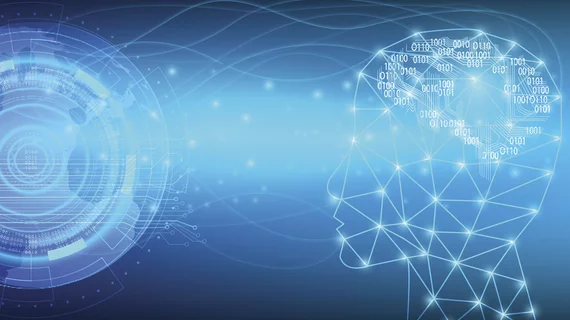AI algorithm can spot LVEF from 15 seconds of ECG data
An AI algorithm that reportedly helps physicians identify reduced left ventricular ejection fraction (LVEF) received Breakthrough Device designation from the FDA on Dec. 18.
The algorithm, developed by digital health company Eko, can supposedly spot reduced LVEF from analyzing just 15 seconds’ worth of ECG data. The data can be collected with a digital stethoscope during a routine physical, which typically doesn’t include echocardiography, and used to estimate a patients’ risk of heart failure.
“A low ejection fraction means that the heart pump is weak, which can lead to shortness of breath, swelling, exercise intolerance or sudden death, so it is important to identify, as many treatments exist,” Paul Friedman, a physician and chair of the Department of Cardiovascular Medicine at Mayo Clinic, said in a statement. “This technology gives physicians a tool to detect heart disease earlier, and before it develops into a more serious illness. In effect, by embedding the technology in a commonly used clinical tool—the stethoscope—all caregivers carry some of the diagnostic prowess of an expert cardiologist with them.”
Eko’s low ejection fraction algorithm, which employs a deep neural network that was developed in conjunction with Mayo Clinic— was first tested in a landmark trial published in Nature Medicine earlier this year. Further studies at Mayo Clinic found the AI algorithm was capable of detecting ejection fraction under 35% with an area under the curve of 0.90.
The FDA’s Breakthrough Device program is designed to fast-track the regulatory review process for innovations the agency believes could address currently unmet medical needs for life-threatening or debilitating diseases.

